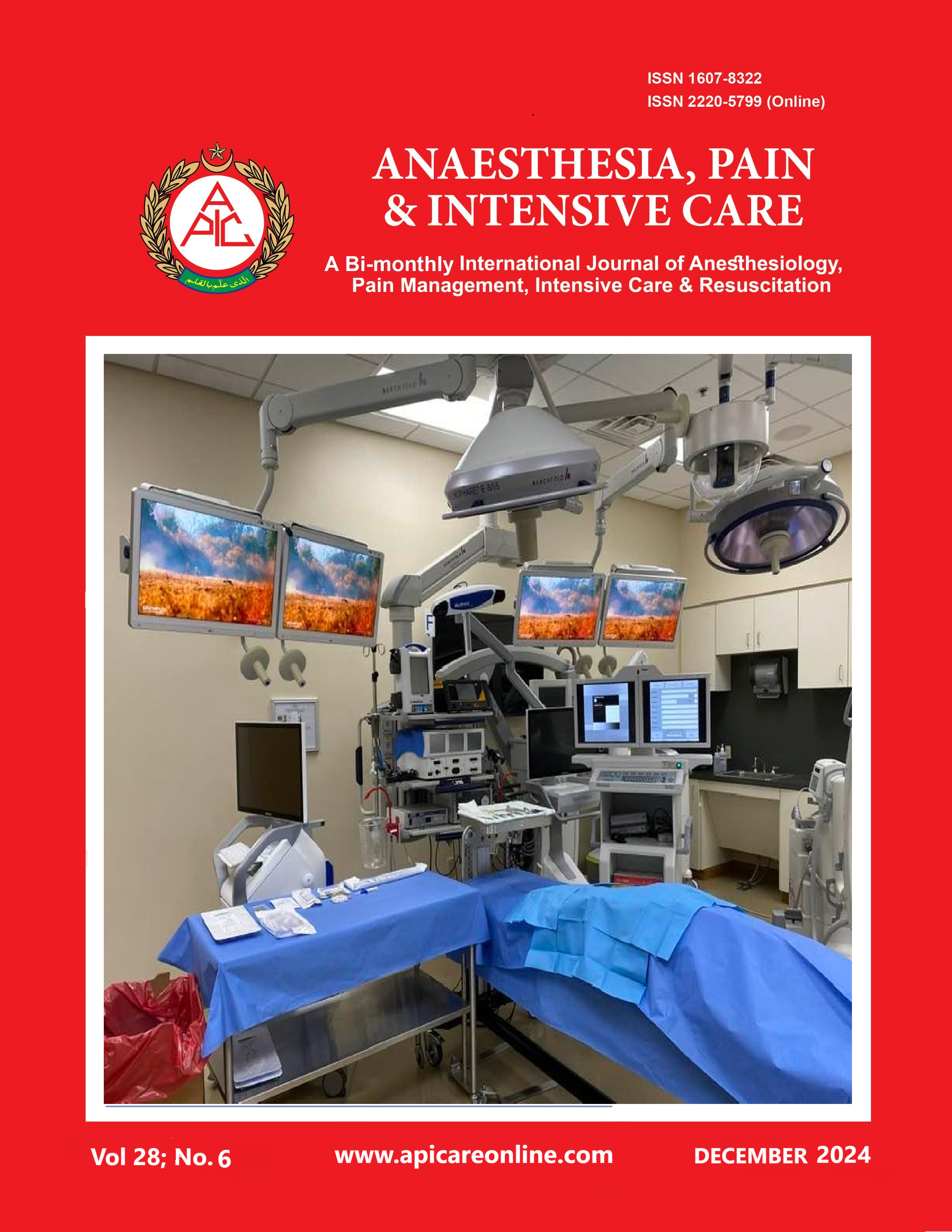Comprehensive approaches to emergency airway management during procedural sedation; a narrative review
Abstract
Procedural sedation is utilized across a variety of clinical settings by healthcare professionals to alleviate anxiety, manage pain, and facilitate diagnostic or therapeutic interventions. The primary aim is to maintain patient comfort while minimizing movement and ensuring the procedure proceeds smoothly. Unlike monitored anesthesia care, which requires the presence of an anesthesiologist, procedural sedation can be safely administered by both anesthesiologists and non-anesthesiologists. However, sedation exists on a continuum with general anesthesia, and the depth of sedation can vary, leading to potential complications, including respiratory depression or airway obstruction. Given the unpredictable nature of patient responses to sedative agents and the associated risks, it is essential to establish robust protocols for monitoring and managing sedation-induced complications, particularly in emergency airway management. Continuous monitoring, pre-procedure assessment, and the availability of airway management tools such as supraglottic device or tracheal intubation using videolaryngoscope are crucial for maintaining patient safety. This review highlights the importance of emergency airway management systems, recent advancements in airway devices, and the critical role anesthesiologists play in improving procedural sedation safety. Effective training programs, simulation-based education, and clear protocols are essential for equipping healthcare providers to respond to sedation-related emergencies, ensuring optimal patient outcomes.
Keywords: airway management; procedural sedation; respiratory complications; simulation-based education; sedation safety
Citation: Komasawa N, Haba M. Comprehensive approaches to emergency airway management during procedural sedation; a narrative review. Anaesth. pain intensive care 2024;28(6):1122-1127; DOI: 10.35975/apic.v28i6.2634
Received: September 06, 2024; Reviewed: October 29, 2024; Accepted: November 25, 2024














